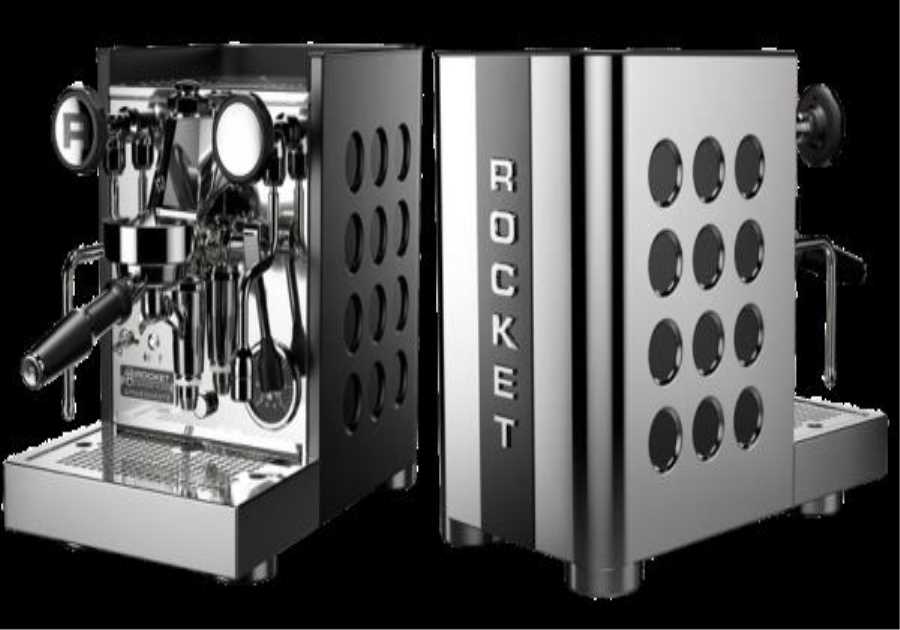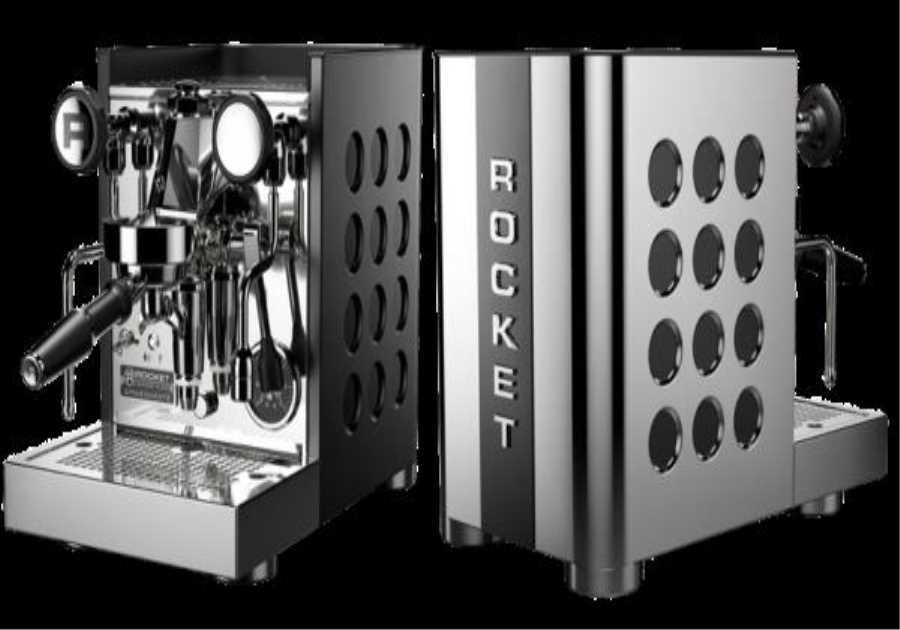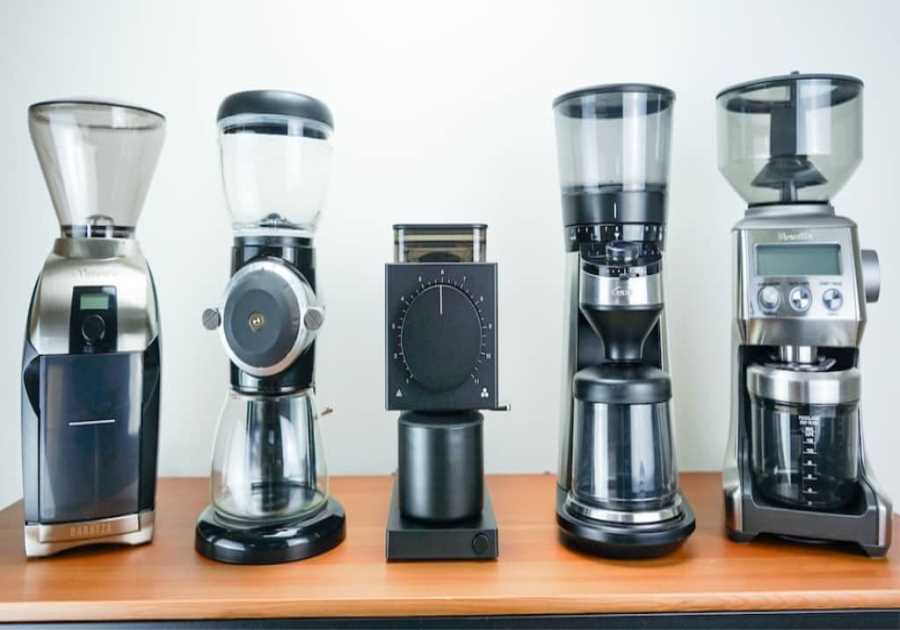Across the world, there are few countries which have such a strong cultural connection and association with espresso as Italy. After water, espresso is reportedly the second most consumed beverage in the country.
In fact, espresso is so integral to its cultural identity that Italy’s Ministry of Agricultural, Food, and Forestry Policies has filed several UNESCO applications to preserve espresso’s Italian roots. Interestingly, none have been successful so far for a number of reasons.
So what is it exactly that makes Italians so passionate about espresso? Most obviously, Italy invented the espresso machine – and in turn, changed the global coffee industry forever. But beyond this, why is Italy considered the espresso capital of the world?
To find out, I spoke to Professor Jonathan Morris, author of Coffee: A Global History and co-host of the History of Coffee podcast, and Chiara Bergonzi, founder of Lot Zero.
You may also like our article on why most espresso still costs 1 Euro in Italy.

The birth of espresso
Simply put, we have to thank the Italians for espresso. The country played an instrumental role in developing espresso machine technology – and still continues to do so.
One of the most pivotal moments in the global coffee industry was in 1884, when Italian Angelo Moriondo manufactured a machine that used steam to reduce the amount of time required to brew a cup of coffee.
As well as being the founder of one of the most influential specialty coffee roasters in Italy, Chiara is a seasoned competition judge and latte art expert.
“It was Angelo Moriondo who invented the first prototype of an espresso machine,” she says. “He designed a vertical cylindrical boiler heated by gas stoves which allowed you to brew coffee at 1.5 bar of pressure.
“His idea was to extract coffee in a shorter period of time, and thereby provide better and more efficient customer service,” she adds. “Companies like Gaggia and Faema quickly started to develop their own models, which are similar to the modern espresso machines we see today.”
However, it took some time before Italy fully embraced espresso – and before espresso machines spread across Europe.
Jonathan is the Director of Research Culture and Environment at the University of Hertfordshire, and is also a Research Professor in Modern European History.
“Espresso machines used to be reserved for more prestigious establishments, like hotels, cocktail bars, or grand cafés,” he says. “It wasn’t until after the Second World War that technology spread and they became much more popular.”

When and why did it become so popular?
Once espresso machines became more common in Italian cafés, dedicated espresso bars started to open in the country – although they were largely reserved for the wealthiest in society.
In 1911, however, Italian authorities enforced a maximum price for certain “necessities”, which included coffee. Given these much lower prices, espresso bar operators started to change their style of service – including charging extra if the customer sat down to drink their espresso, rather than standing.
“Although these regulations disappeared in the latter half of the 20th century, they are still observed by many business owners,” Jonathan explains. “Italians are used to low prices for espresso, and in order to set those prices, you have to buy cheaper coffee. This is why robusta became so popular.”
Robusta’s place in the Italian coffee sector
With price regulations in place, espresso bar owners had to cut their costs as much as possible – and the coffee they used was a big part of this.
“Roasters and coffee suppliers would blend arabica with robusta,” Chiara says. “Darker roasts became popular in southern Italy especially, too.”
Across the country, there is a resounding preference for darker and “stronger” coffee. This likely helps to explain why smaller drinks like espresso are so popular as they can be consumed much more quickly – and more often throughout the day.
“Most Italians consider espresso as ‘real’ coffee because they are more used to the intense, full-bodied, strong, and often bitter taste,” she adds. “This certainly differs from other countries’ preferences for coffee, where they may drink more filter coffee or choose lighter roast profiles.”
Jonathan explains that once espresso became a “feature of Italian life”, the development of new machine technology also started to boom.
“Machines went from using two to three bar of pressure to nine to twelve bars, which helped to form a layer of crema – which is what we now think of as an espresso”, he says.
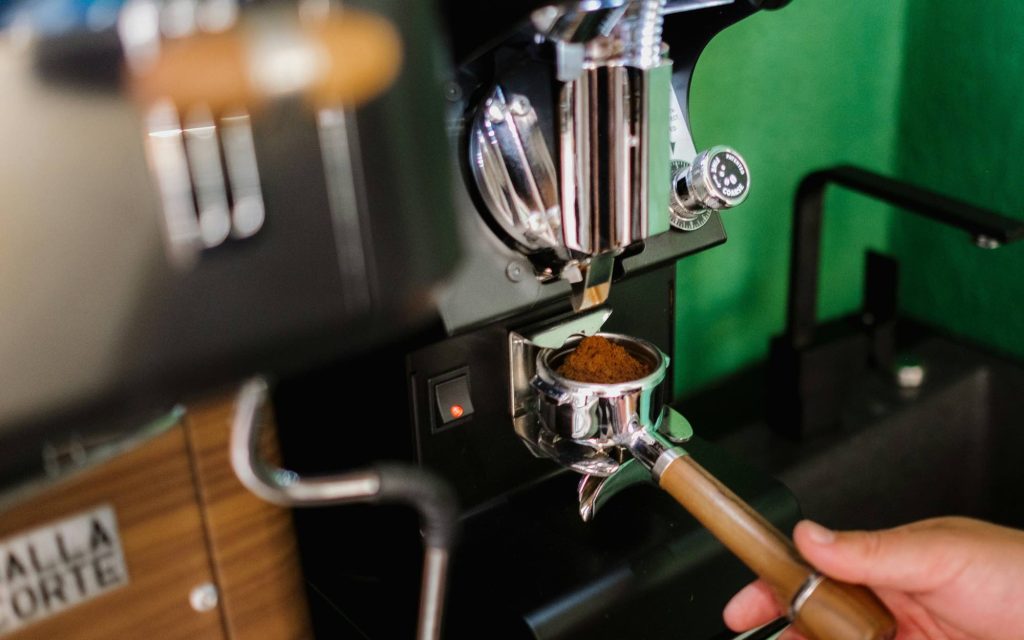
Italian espresso today
Compared to many other countries, Italy’s coffee culture hasn’t changed much over the last few decades.
“Despite inflation, the cost of espresso is still the lowest across Europe,” Chiara tells me. “There’s still a mindset that espresso needs to remain affordable because people drink so many everyday, as well as the fact that it’s been so cheap for so long.”
Ultimately, even still to this day, this has massively impacted Italian coffee culture.
“Certain rules about drinking coffee apply in Italy,” Jonathan says. “You don’t drink a cappuccino after mid-morning. You’re not drinking anything other than espresso (or espresso with a dash of milk) beyond mid-morning.
“Traditionally and historically, drinking espresso was a big part of people’s social lives,” he adds. “You wouldn’t sit down and spend hours having a coffee, but if you had five minutes to spare then you could quickly catch up. It was convenient and it was spontaneous.”
Chiara agrees, saying that drinking espresso is still a ritual for many people in the country.
“Ordering espresso at a bar remains one of the most deeply rooted Italian habits,” she explains. “Most people will drop by a bar and order an espresso, and drink it while standing at the counter. It’s a quick and affordable break from daily activities and a perfect excuse to socialise and meet friends.”
So will Italy ever fully embrace specialty coffee?
Given the overwhelming preference for dark roast, bitter espresso, Italy’s specialty coffee sector is certainly less developed than elsewhere throughout Europe and beyond.
“Specialty-grade coffee is a tiny segment in Italy, it’s behind most other European countries in terms of market size,” Jonathan tells me. “Although Italian espresso machines and grinders are in many coffee shops around the world, you’ll find fairly few specialty coffee roasters in the bigger cities.”
As specialty coffee typically favours lighter roast profiles and single origin beans, it’s understandable why most traditional Italian coffee drinkers continue to stick to what they know.
“Many Italians, especially older generations, also don’t believe that higher-quality coffee should come with a higher price,” Chiara says. In May 2022, a specialty coffee shop in Florence was even fined €1,000 ($1,056) following a customer complaint about prices.
But at the same time, Chiara also believes that people are becoming more open to drinking specialty coffee.
“Although deeply rooted in Italian culture, espresso has also evolved in terms of coffee quality, roast profile, and recipes – as it should,” she says. “Specialty coffee is already changing the mindset and taste of consumers. People are starting to try light or medium roasts, sweeter and more aromatic coffees, and even other brewing methods.”
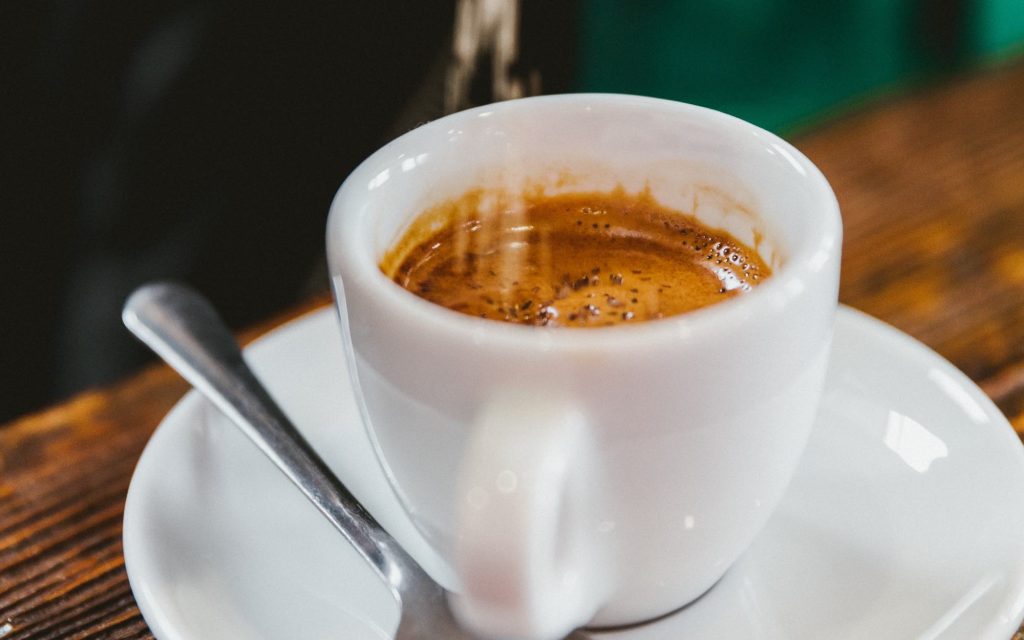
Italians remain fiercely loyal to their coffee culture roots, and dark, bitter espresso still comes out on top. That doesn’t mean, however, that preferences aren’t shifting, even if it’s at a much slower pace.
“We should commit to writing a new page in Italian coffee history – one where tradition isn’t a restriction, but encourages us to prepare the best espresso every time,” Chiara concludes.
Enjoyed this? Then read our article on rethinking coffee in Italy.
Perfect Daily Grind
Want to read more articles like this? Sign up for our newsletter!
The post Italy’s love affair with espresso: Why is it so popular? appeared first on Perfect Daily Grind.
By: Janice Chinna KanniahTitle: Italy’s love affair with espresso: Why is it so popular?
Sourced From: perfectdailygrind.com/2023/12/why-espresso-is-so-popular-in-italy/
Published Date: Tue, 05 Dec 2023 06:37:00 +0000

